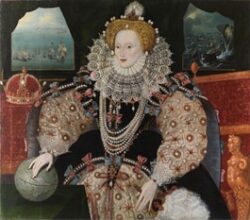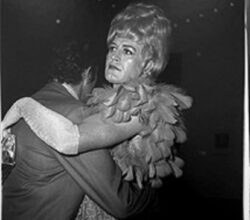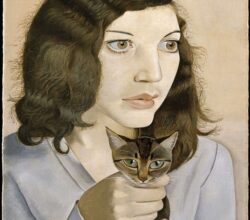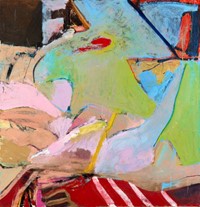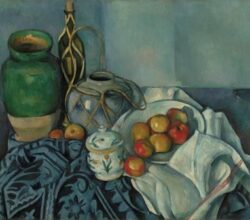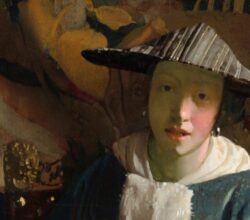
The Waning Years of Edward Hopper
Richard Lacayo | Literary Hub | 13th October 2022
By his late 60’s, Hopper – “the virtuoso of American solitude” – was being showered with accolades. His art, though, wasn’t exactly celebratory. He was conscious of the passing of time and his own “inevitable slow fade”. Ideas for new paintings were becoming scarce and even the profusion of awards did little to lift his mood. A friend visited while he was painting an image of a sunlit but empty room and asked the aging artist “what he was after in that picture. Hopper shot back. “I’m after ME!””

